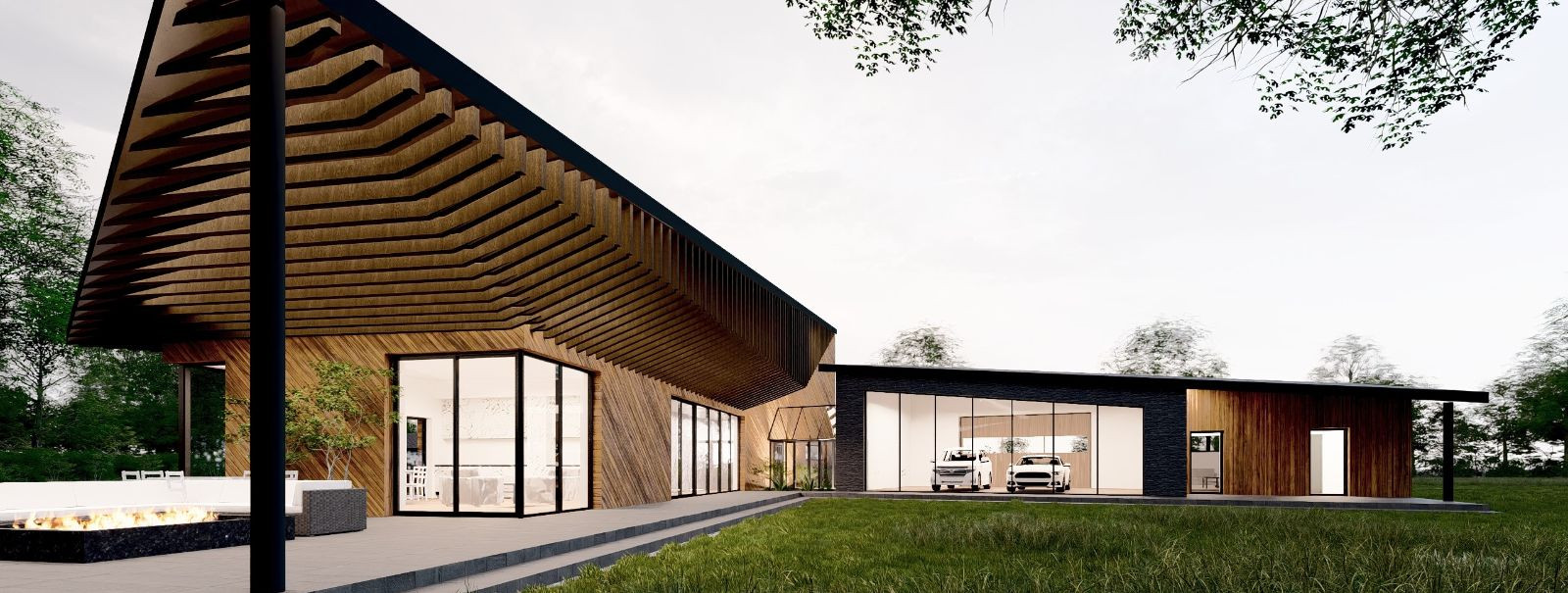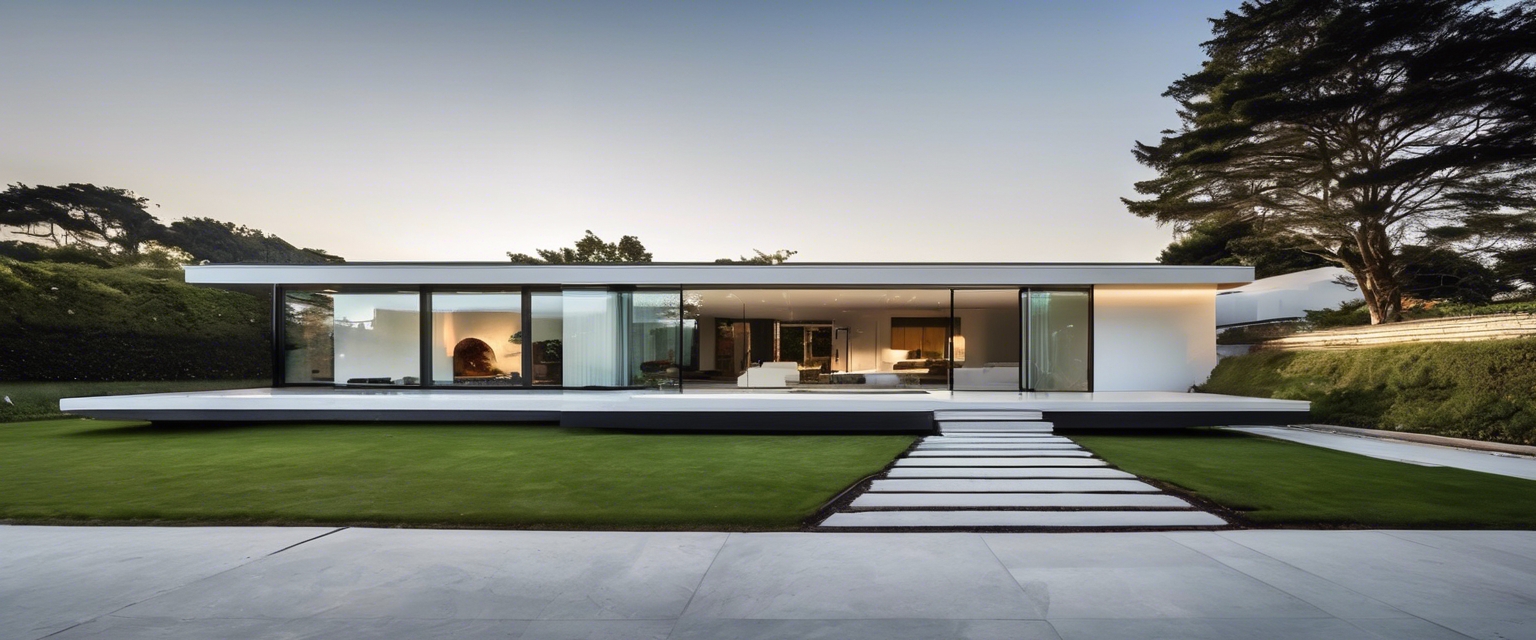How to plan your dream home: a step-by-step guide
Building your dream home is an exciting journey that requires careful planning and execution. Whether you're starting from scratch or renovating an existing property, having a clear plan is essential to ensure your vision becomes a reality. This guide will walk you through each step of the process, providing expert insights to help you make informed decisions.
Step 1: Define Your Vision and Goals
Before you begin, take time to reflect on what you truly want in a home. Consider the size, style, and specific features that are important to you and your family. Think about how your needs might change over time and how your home can accommodate those changes.
Establishing a realistic budget is crucial. Consider all potential costs, including land, construction, permits, and furnishings. It's wise to include a contingency fund for unexpected expenses. Consulting with financial advisors or mortgage specialists can provide clarity on what you can afford.
Step 2: Choose the Right Location
The location of your home can significantly impact your lifestyle and property value. Research different neighborhoods, considering factors such as proximity to work, schools, and amenities. Visit potential areas at different times of the day to get a feel for the community.
Look into the future development plans of the area. A neighborhood poised for growth can offer increased property value and improved infrastructure over time. However, ensure that any planned developments align with your lifestyle preferences.
Step 3: Assemble Your Dream Team
An experienced architect is invaluable in bringing your vision to life. They can help translate your ideas into practical designs while ensuring compliance with local building codes. Look for architects with a portfolio that resonates with your style and values.
Choose contractors and builders with a proven track record of quality work and reliability. Obtain multiple quotes and check references to ensure you select a team that can deliver on time and within budget.
Step 4: Design Your Home
Work closely with your architect to design a layout that maximizes space and functionality. Consider the flow between rooms, natural light, and how the design can accommodate your lifestyle.
Sustainability is a key consideration for modern homes. Explore options for energy-efficient appliances, solar panels, and sustainable building materials. These features can reduce your environmental impact and lower utility costs.
Step 5: Navigate the Approval Process
Familiarize yourself with local zoning laws and building regulations. Your architect can assist in ensuring your plans comply with all necessary requirements, avoiding costly delays.
Obtaining the necessary permits is a critical step before construction can begin. This process can vary depending on your location, so start early to avoid delays.
Step 6: Begin Construction
Once construction begins, maintaining a clear timeline is essential. Regularly communicate with your builders to ensure the project stays on track. Be prepared for potential delays and have contingency plans in place.
Conduct regular site visits to monitor progress and quality. Address any issues promptly to prevent them from escalating. Your architect can also assist in overseeing the construction to ensure adherence to the design.
Step 7: Final Touches and Moving In
As construction nears completion, focus on interior design and landscaping. Choose furnishings and decor that reflect your personal style and enhance the functionality of your home. Consider hiring a professional interior designer for expert guidance.
Plan your move-in day carefully to ensure a smooth transition. Arrange for utilities to be connected, and schedule any necessary services, such as cleaning or pest control, before moving in.






Comments (0)